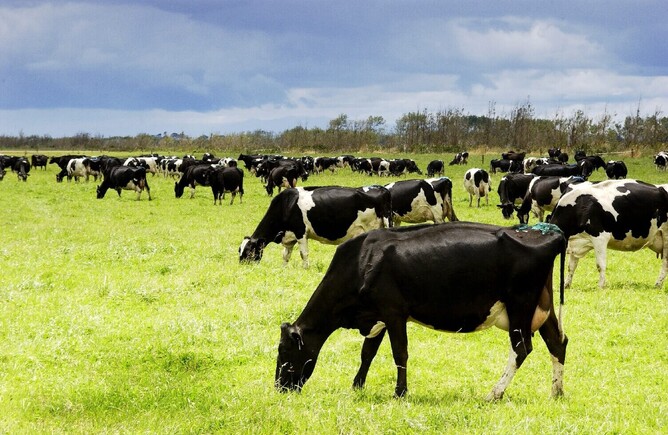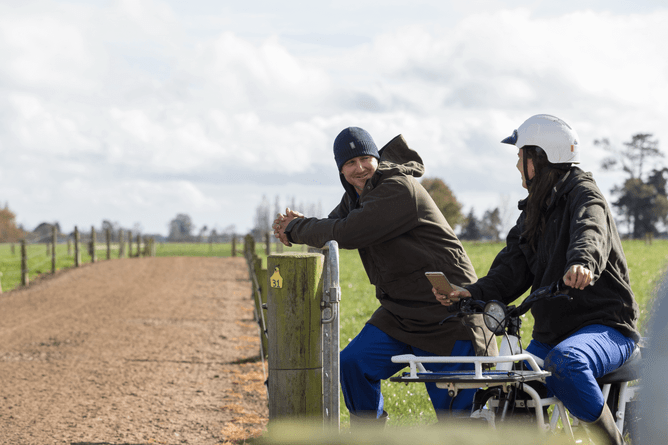As the season progresses, our focus needs to shift towards next season. How you manage the herd will have more impact on their performance next season than the current one.
There is sound science behind the value of body condition scoring (BCS) but what do we do with the information when we have it?
How and when to dry-off, determining mitigation strategies for potential feed deficits and creating plans for dry-cow management are good examples of decisions supported by BCS info. Achieving BCS targets at calving and mating helps maximise production, reproduction and reduces the risks of animal health issues.
Dry-off decisions
From March onwards you can use a combination of BCS and expected calving date to stagger drying cows off, so every dry cow can be fed the same but the difference is how long she is dry for. For example, a skinny early calver will need to be dried off before a fatter cow with the same calving date. It helps get them to target one month before they’re due, as they don’t gain BCS in the month before calving because so much energy is required for pregnancy.
Low-producing, fat cows should be dried-off early as they put fat on their back instead of milk in the vat. When feed is short, herd milk production commonly increases by drying-off the low producing fat cows as the other more productive cows can be fed better.
First and second calvers should be given more time dry than older cows. Young cows are still growing to reach their mature weight and often have lower intakes and they are only able to put weight on slowly, and require more time to get to target condition.
If you dry-off all at once, split the dry cows into herds based on condition and expected calving date so you can preferentially feed to get them to target. Even if there isn’t enough feed available to put on extra condition, creating herds protects younger cows from competition from the older more dominant cows. And if supplement is going to be fed then feed it to the herd that needs to gain the most condition or that needs to put it on fastest.
Should she go on OAD?
Cows that are milked OAD are less likely to milk off their back than twice-a-day and when well fed, will put more weight on during lactation. Groups of cows that are particularly vulnerable to not reaching BCS targets, such as first calvers and early calving cows, are ideal candidates for part-season OAD milking.
The key is to go on OAD early enough to have an impact on BCS, as milking OAD for a couple of weeks or a month before drying-off has little impact. The reduction in daily milksolids production can largely be made up by milking on for longer, as cows do not have to be dried-off as early due to BCS.
Having BCS information is a valuable tool to support decision making on farms and provides options to deal with the challenges each season throws at us. Be sure to talk to your veterinarian about performing BCS on your herd regularly throughout the season.



